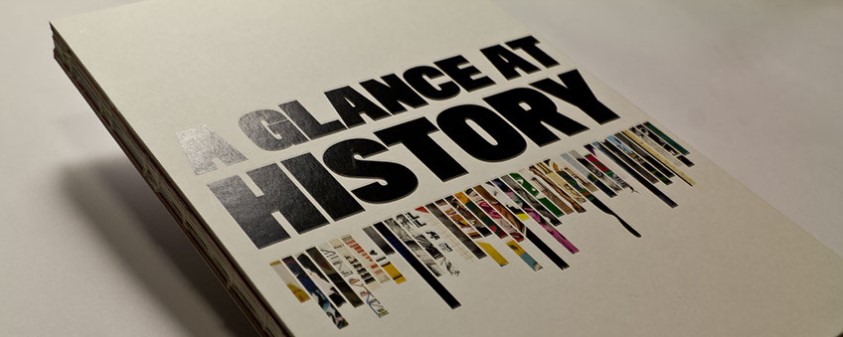
Design Through the Years
Whilst a lot can change in a century, the insights from design into the social and cultural trends and changes that defined decades, continues to influence designers today. Here is a look at design from the 1920s to today.
Design in the 1920s
The 1920s marked one of the most important and exciting decades for the visual arts, and its remarkable influence is still felt across the design industry today. The “roaring twenties” after World War 1 produced designs not seen before. Art Deco, originally a pre-war French creation, was a style defined by modernist, geometric designs and luxurious materials and colours, representing luxury, glamour, exuberance and optimism. Also, at the time was Germany’s Staatliches Bauhaus, which operated from 1919, through the 1920s which remains one of the most important and influential design schools in the history of the 20th century.
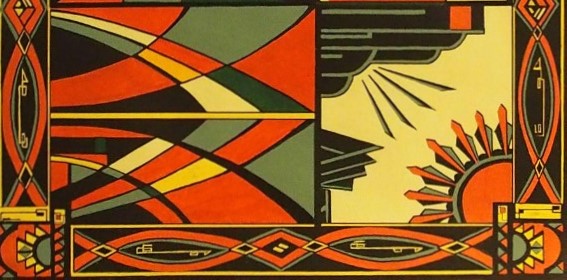
Design in the 1930s
Modernism or 'Moderne' was the dominant design in the 1930s. The economic depression saw design with subdued tones, clean streamlined shapes and lack of ornamentation. Buildings looked like ocean liners with curved windows edged with blue railings and portholes. There were also lots of pseudo-historical styles from mock-Tudor houses with half-timbering to neo-Georgian styles, sometimes all mixed on the same street. At the same time, the Futurist art movement celebrated technology since electricity, the car, and the telephone made radical changes to daily life. 3D-style design became popular, and posters felt immersive and larger than life.
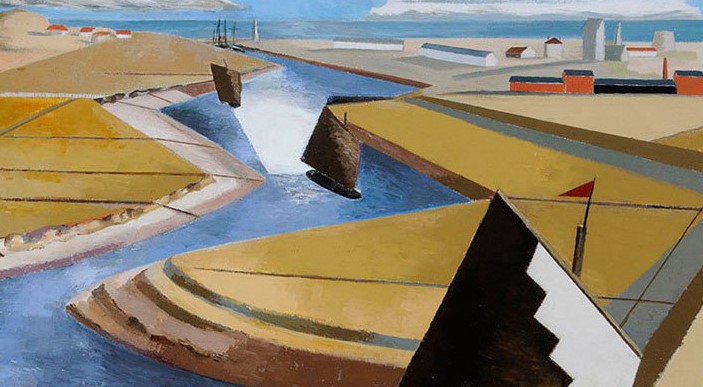
Design in the 1940s
Due to the outbreak of World War II in 1939, the threat of fascism spreading across Europe shifted design from the commercial and replaced it with propaganda and motivational imagery. Soviet propaganda artists were inspired by Art Deco and Constructivism, but with a direct style in shades of red, black and grey. After the war, the roots of the Mid-Century Modern movement began in design. Visible brush strokes, witty designs and rich colors marked the end of the war and a brighter future.
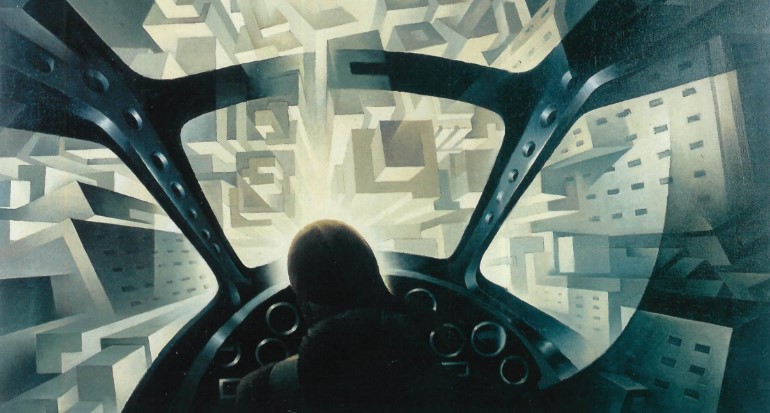
Design in the 1950s
The 1950s was an exciting time for design, with many trends. Television, household appliances and cars were heavily advertised in technicolour or ice-cream shades. This youthfulness can still be seen in design today. The 50s saw a significant change in typography and typeface design, most famously the reinvention of the logo for IBM in 1956 with its geometric, animated lettering that later dominated signage in the latter half of the decade.
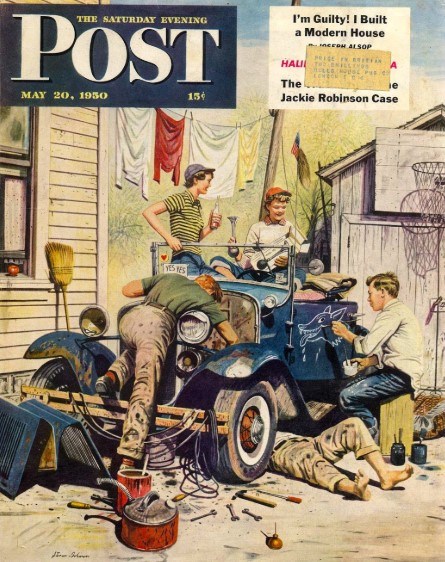
Design in the 1960s
The previous modernist design had rejected historical influences so, in a spirit of rebellion, the 1960s plundered the past for inspiration creating a mix of styles from the Victorian and Edwardian eras, the 1920s and art nouveau, all with an irreverent twist whether hippy ethnic or plastic space age. Artists including Andy Warhol and David Hockney created pop art references to mass culture with soup cans, comic strips and images of icons such as Marilyn Monroe, which transferred to interiors on wallpaper and posters. Optical artists such as Bridget Riley who worked predominantly in black and white became the vogue.
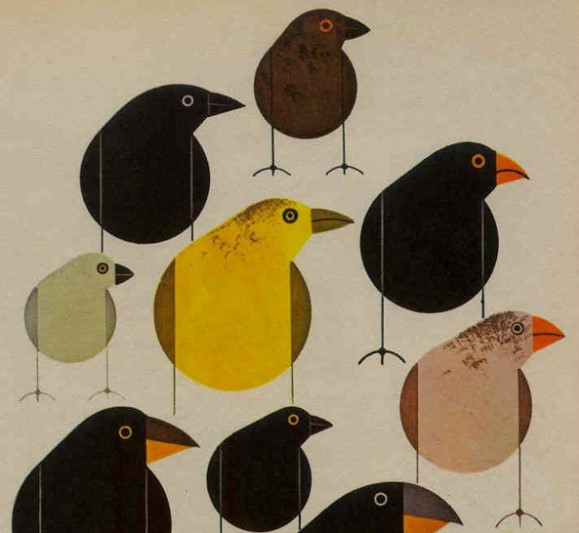
Design in the 1970s
1970s design has enjoyed a recent revival, from a decade defined by a diverse range of pop culture and social movements. Punk, Disco and the hippy movement defined the decade as being one of exploring extremes. Magazines like Rolling Stone embellished photos with anarchic collage touches, bright colour and typography with 3D effects, curved lettering and cartoonish proportions. Some say the 1970s lacked taste, with bold-but-earthy patterns, and over-the-top decadence in homes to include marble, brass, fur, and shag pile carpets with impossibly busy optical art textiles and wallpaper
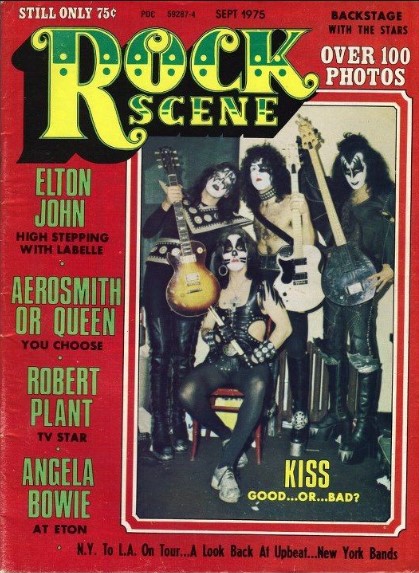
Design in the 1980s
Design in the 1980s was not subtle, continuing some of the brash elements of 1970s design. Punk continued to have a big influence in the early 1980s, and an anarchic use of color was used by designers creating confrontational album art for anti-establishment bands. Towards the end of the decade, garish, neon-saturated styles came to dominate the commercial design, and this seeped into music and the arts. Yet not all 1980s lacked taste. Nostalgia art was still being created, and some of the most amazing designs appeared on complex movie posters that were both hyper-realistic and dramatic.

Design in the 1990s
This was the decade when digital design technology began to take off. Yet, whilst this made some designs clean cut, it clashed with grunge which was a significant influence across pop culture, fashion and design at the beginning of the decade. During the middle and through to the end of the decade, minimalism took over from the scruffy grunge years. Calvin Klein pioneered minimal graphic design in his adverts featuring a waif-like Kate Moss posing next to an ultra-simple, watermarked logo design. It marked a new era for advertising design to the pared-back fashion advertising we see in print today.
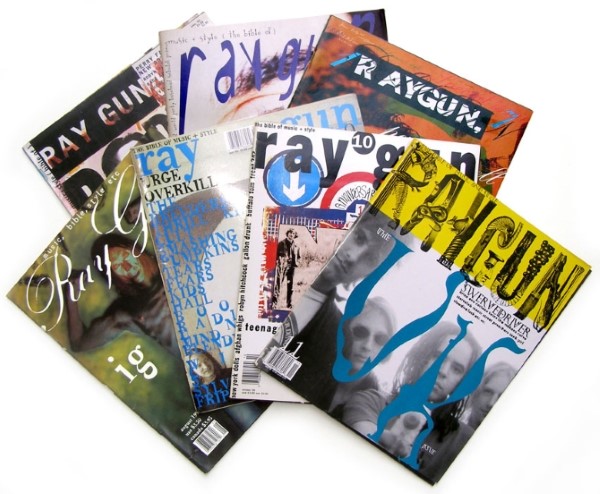
Design in the 2000s
This was the age of computer-aided design as necessity, with designers needing to craft layouts that would work just as well on computer screens as they would on handheld devices like mobile phones. Branding boomed in this decade with the most famous being Google, Twitter and Facebook, with brand design. The 2000s were also a decade of great global political, and social change and design were used to raise awareness of causes such as environmental change.

Design in the 2010s
In the early part of the 2010s, a few styles have already proven to be popular in the early and middle part of the decade, though hindsight will be needed to be certain how much will stick from these times. This decade has seen the internet becoming an all-encompassing influence in people’s lives, and vintage, folk and ‘hipster’ styles are designs considered to be reactions to a technology-mad world. Designers are also using state-of-the-art computer-aided design and computer-aided manufacturing, or CAD/ CAM to create unique works, but perhaps the most popular design in the 2010’s is the iPhone, for its beauty, technological prowess and ability to be part of the everyday.



